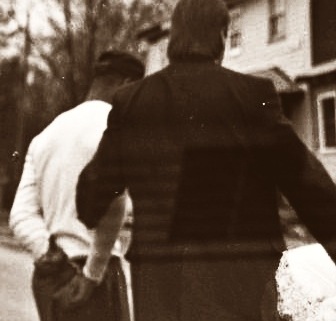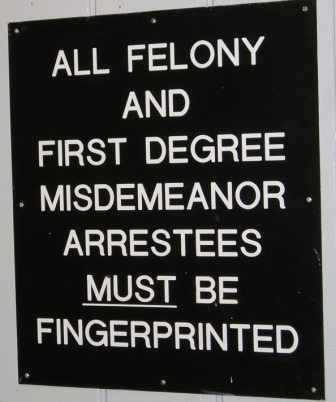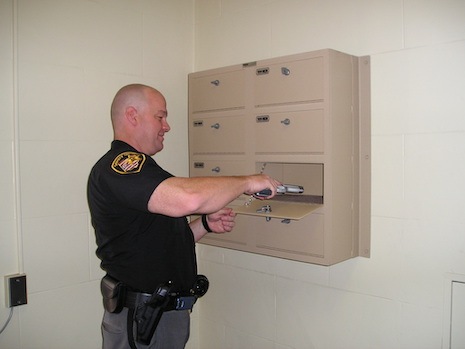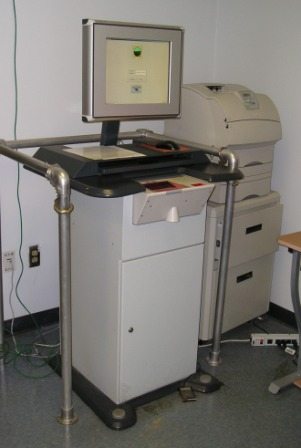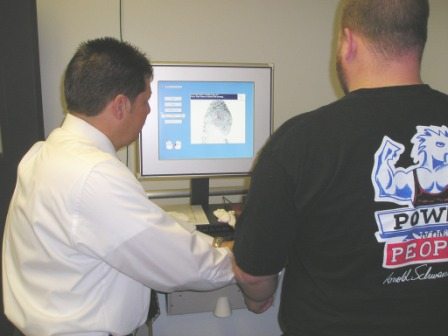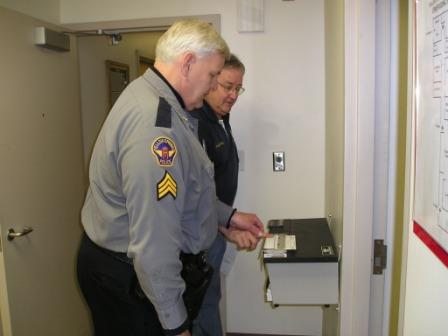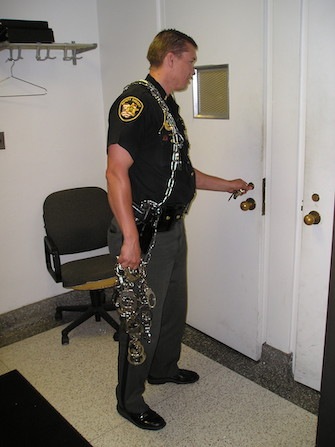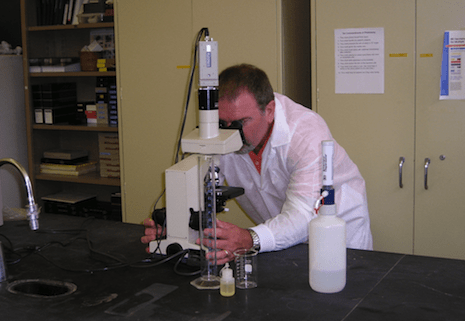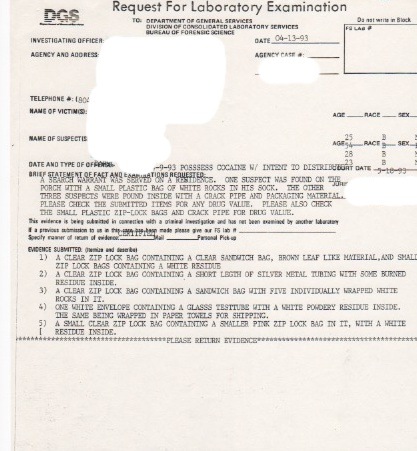
Melanie Atkins
I enjoyed this week’s episode of The Rookie more than I did the one that aired two weeks ago (no episode last week because of election coverage). The show’s fast pace and the idea of the rookies switching training officers (TOs) to help them gain a new perspective during training grabbed me. But one major problem still stood out: West froze under fire—again—and this time, his new TO, Tim Bradford, swept it under the rug to spare West’s first TO, Angela Lopez, from coming under fire for letting it go the first time.
What? My head is spinning, too. Because like Lee said, West should have been canned the first time he froze and failed to help his partner. I can’t believe that stoic Bradford, of all people, would let West off the hook. West did partially-redeem himself later by hitting a guy with his car before he could shoot Bradford, but he still didn’t prove himself capable of using his firearm—and that bothered me. Because yes, this is a TV show, but it’s still ridiculous.
On another note, John and Lucy both realized their feelings for each other have deepened, although neither of them ever said the words, I love you. Their admissions came as no surprise to me, and yet Lucy did shock me when she admitted the depth of her feelings for John to Angela Bishop, her new TO. Bishop, of course, already knew about their relationship and had warned Lucy about the possibility of her entanglement with John harming her career. Lucy again blows off Bishop’s warning. Or does she?
While Lucy is ruminating about her feelings for John, his new TO, Lopez, picks up the chemistry between him and Lucy and warns John about the possibility of the relationship hurting Lucy’s career. So, to my great irritation, he breaks up with her—even though he’s secretly fallen in love with her. The very idea made my heart ache, especially when Lucy tells John that she was about to break up with him, too, before he said anything. But I don’t believe it. I think she was about to confess her love for him, and now he’s dashed her hopes in his gallant attempt to save her career. Is that clear as mud? Sigh.
All in all, I liked this episode. But I’m not happy with the relationship situation. Will have to wait and see what happens next week. Will John and Lucy still gravitate toward one another despite their breakup? Or will they be able to keep their distance?
Your guess is as good as mine.
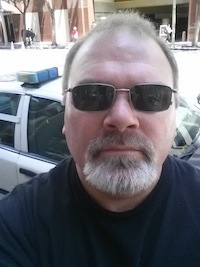
Lee Lofland
I still see this show as one that makes a super intense effort to mold and shape the featured TV cops into the images the writer(s) believe a police officer should be, not as total reality.
It’s as if the show’s goal is to check the boxes of some sort of “I’d like to see this in real life” list. To me, that’s what makes the scenarios and dialog come across as canned and unrealistic, even for a fictional television show.
I have the impression that the show’s creator had a mission when coming up with the premise of the series. Sure, number one, I’m sure, was making money and hoping to do by by capitalizing on Nathan’s Fillion’s huge success with the show Castle. But number two was to deliver a message based on the creator/producer’s personal beliefs. I may be wrong about this, but time will tell. If the show lasts long enough to see the point proven, or not..
The Rookie follows a boilerplate script—which is fine when it works. However …
My friend Hallie Ephron wrote a fantastic book she titled Writing and Selling Your Mystery Novel. This book should have a permanent home beside the computer of every author of mystery, thriller, and suspense stories. It’s a detailed “how-to” book that’s a perfect guide for helping a writer learn all the steps needed for everything from laying a story’s foundation all the way to handing your work over to an agent or editor.
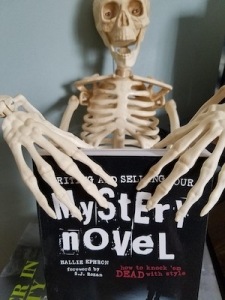
In Hallie’s book, she explains how mysteries are separated into three acts, and within each act the stakes facing the characters rise, which creates tension (a witness is kidnapped, etc.). Along his/her journey, the hero of the story encounters major plot twists with some of those twists changing the direction of the tale. Some may take the hero back to “square one” as Ephron stated in a lesson she once taught for Mystery Writers of America.
In the end or near the conclusion of the last act, Hallie wrote in chapter eight of her book, “there’s a slam-bang dramatic finale in which the sleuth is in jeopardy and the truth revealed.”
The storyline of The Rookie closely follows the plan outlined Hallie Ephron’s book, and that’s good thing. However, having a blueprint only works if the characters come across as living and breathing actual human beings in a believable setting within a believable world.
Believability is an issue with “The Rookie”
Each of the three featured rookies has their own personal demons/hurdles to overcome, and those obstacles are part of the basic recipe for creating tension within a story. Such is the case when utilizing villains and antagonists to help deliver the peaks and valleys in a storyline.
 Villains are used to create tension in a story. They also provide much-needed hurdles for the hero to overcome during his journey.
Villains are used to create tension in a story. They also provide much-needed hurdles for the hero to overcome during his journey.
Unlike antagonists, villains are sociopathic, narcissistic, and can be quite unpredictable. And they often use fear to get their way.
By the way, an antagonist is someone who merely opposes the hero and typically and simply makes waves for the hero. Villains, on the other hand, are the bad guys of our stories who are devoted to wickedness. They have specific goals and will stop at nothing to reach them.
Sure, some points in this show are accurate, but their delivery seems forced and not believable. In shows like Star Trek Deep Space Nine and Voyager, the worlds we saw on the screen there couldn’t have been further from reality. But my friend Lisa Klink, who wrote those series, made us believe in the settings and in the characters. By the way, Lisa was a featured speaker at a recent Writers’ Police Academy.
In Fillion’s former show, Castle, the actors seemed natural (with the exception of the medical examiner who shall remain nameless—Lanie) in spite of some of the goofy writing and far our forensics. The reason things seemed realistic, for the most part, was due to the actors delivering their lines in a manner that allowed us to believe that what we were seeing could actually take place.
As Melanie mentioned above, rookie officer West should be standing in line at the unemployment office. After freezing twice when faced with incoming gunfire, he has no business wearing a police uniform. The second occurrence would not happen in real life because he’d have been sent on his merry way after the first time. No one could ever, not in a million years years, be able to trust him to do the right thing in violent situations. So, to help out …
BURBANK: Burbank WorkForce Connection
Phone: 818-238-5021
Email: burbankworkforceconnection@burbankca.gov
ADDRESS:
301 East Olive Avenue
Burbank, CA 91502
Finally, I’ll end my ramblings with a quote from the show, one of the many bits of “info dump” we hear each week. This one is very true.
“The only rookie who makes it through are the ones who take the job so serious that they put everything else aside.” ~ Training Officer Angela Bishop
TODAY’S MYSTERY SHOPPER’S CORNER
Since the holiday season is nearly here, I’ve decided to feature a few fun items for your mystery shopping needs and wants. I’ll post these regularly throughout the remaining weeks of 2018.
So, especially for those of you who’re shopping for writer friends who enjoy a bit of research and/or relaxation, here are my picks for the day. By the way, someone asked why I post all Amazon links for the books I recommend. The answer is that they work well for and with this site, but by all means feel free to purchase books anywhere you like. But why not here by simply clicking the links I provide?
First up, Hallie Ephron’s book Writing and Selling Your Mystery Novel.
 Deputy U.S. Marshal – Name: Not yet identified
Deputy U.S. Marshal – Name: Not yet identified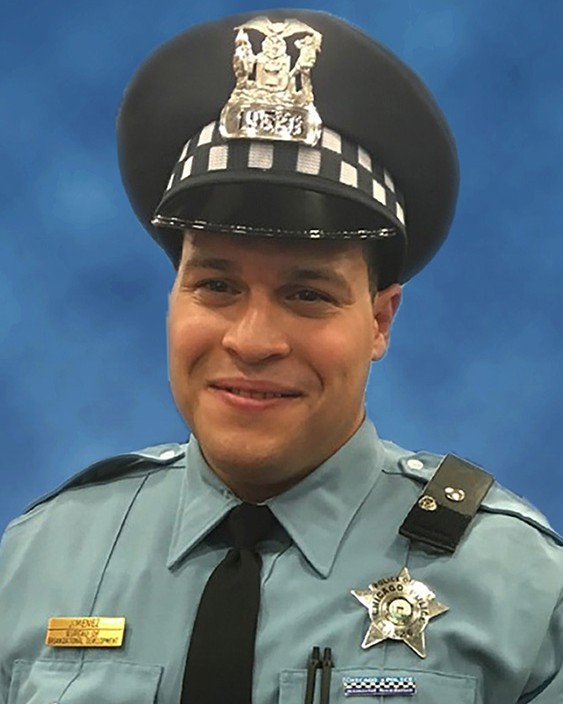 Officer Samuel Jimenez, 28
Officer Samuel Jimenez, 28 Officer Jason Michael Seals, 35
Officer Jason Michael Seals, 35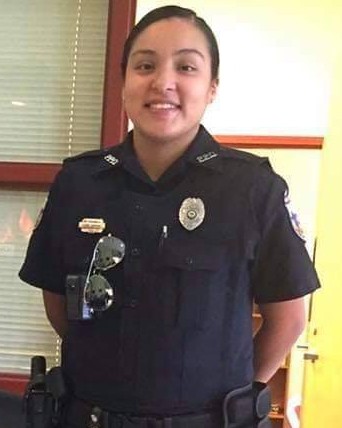 Officer Leann Simpson, 23
Officer Leann Simpson, 23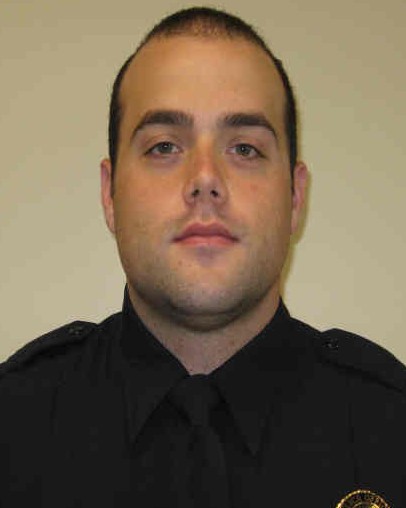 Officer Hunter Edwards, 30
Officer Hunter Edwards, 30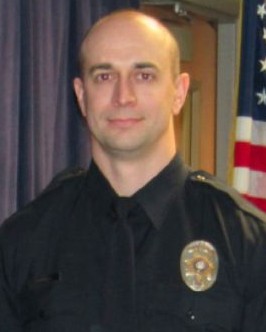 Officer David Romrell, 31
Officer David Romrell, 31 Deputy Sheriff Antonio Hinostroza, 45
Deputy Sheriff Antonio Hinostroza, 45





 As we drove through the area at a snail’s pace, I told Denene that I hoped the bumper-to-bumper barely moving traffic traveling in the opposite direction would ease up before our return trip. It did not.
As we drove through the area at a snail’s pace, I told Denene that I hoped the bumper-to-bumper barely moving traffic traveling in the opposite direction would ease up before our return trip. It did not. I remember having to step across blood-soaked sidewalks to question suspects and witnesses in one Richmond housing complex. In fact, to simply question a man who had information about a stolen tractor trailer, well, we went in deep—several police officers and a K-9 unit just to be certain I’d make it to the front door and back. And that was in the middle of the day on a weekday. Weekends were worse, especially at night.
I remember having to step across blood-soaked sidewalks to question suspects and witnesses in one Richmond housing complex. In fact, to simply question a man who had information about a stolen tractor trailer, well, we went in deep—several police officers and a K-9 unit just to be certain I’d make it to the front door and back. And that was in the middle of the day on a weekday. Weekends were worse, especially at night.






 Villains are used to create tension in a story. They also provide much-needed hurdles for the hero to overcome during his journey.
Villains are used to create tension in a story. They also provide much-needed hurdles for the hero to overcome during his journey.

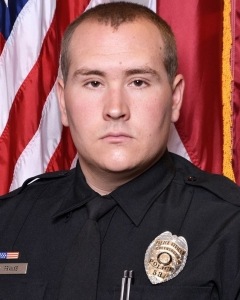 Officer Jared Franks, 24
Officer Jared Franks, 24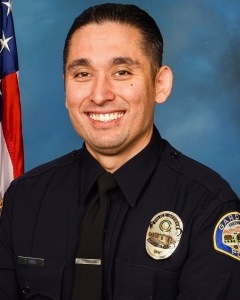 Officer Toshio Hirai, 34
Officer Toshio Hirai, 34